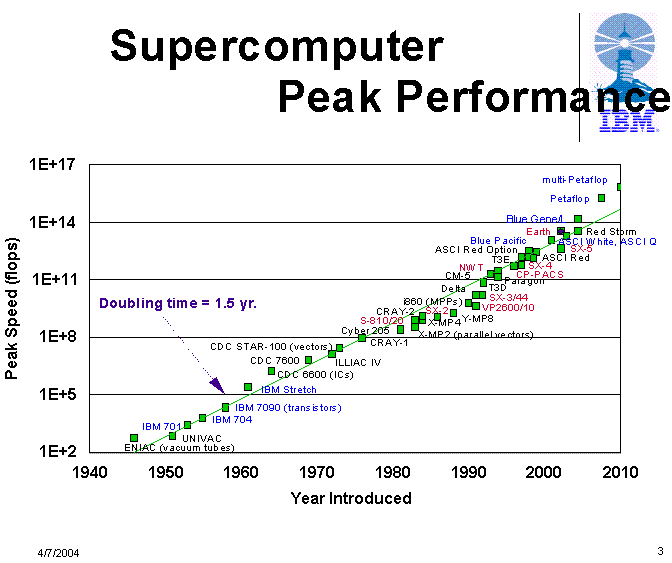John - I apologize for being contemptuous. I mistook your vigorous defense of your positions as arrogance when I should have realized you were a Boomer (-: Seeing you welcome my comments and criticisms, I will try to oblige. You are frequently aggressive in promoting positions that are based on factual errors or single sources that are outdated or really not expert enough. For example, you frequently quote Peter Stearns - he is an expert on 19th century French labor history who has expanded his interests to 20th century American consumerism, and is a leading proponent of an inclusionary world history (as opposed to those who use world history to bash the West). the most recent example of using outdated material is relying on Trevelyan's 1941 book. While good for its time, it has been superceded by two generations of historians. He is THE classic example of a Whig historian (even his middle name harkens back to the greatest of the Whig historians - and a friend of his father's), and his approach (which should delight Mr. Saari) has been thoroughly rejected. It doesn't negate much of what you quote from him, but you need to be aware of where the state of acholarshuip is now. Similarly, your insistence that Germany got involved in the First World War because of its Austrian alliance might have been acceptable in the 1950s (and apparently was to Hajo Holborn who you seem to rely on). Fritz Fischer's Griff nach der Weltmacht was published in 1961 (translated as Germany's Aims in the First World War in 1968) and you would have to at least take into account his conclusion, based on thorough archival research, that Germany actively pushed Austria into its war with Russia in 1914 and that Germany's war aims were not subtantially different than Hitler's some 25 years later; that is, Holland, Belgium, northeastern France as well as Poland and the Ukraine in the East, which of course was confirmed by Brest-Litovsk in 1918.
As to Philip II and Mary Stuart, the Scottish alliance was always with France, Scotland was a Protestant country by the time Mary returned from France, a widow at 18. Philip was still actively pursuing Elizabeth, and did not turn to her cousin Mary in his goal of re-catholicizing England until long after she was Elizabeth's "guest" after 1568. I also noted that you take the Act of Union as the solution to the Scottish/English animosity, but, if so, how do you explain the "15" or the "45", or do the Highland Scots not count (I was, by the way, impressed that you found a recent account of Queen Anne's reign).
On more general themes, I may have some comments later, but, for now, I can't help thinking you find what you are looking for and fall victim to procrusteanism. For the historian, the major question is always what level of generalization will the evidence support and, because you are essentially proposing THE law of history, you really need more evidence than you produce. It is, however, provocative and worthy of consideration. When I first read Strauss and Howe, I kept saying to myself *yes, but..." With GD, I am more inclined to say "maybe, but..."
Kurt - where are you getting your demographic data from? Do you have a source for your contention that life expectancy at 20 was 45 in Europe, and, if so, for what centuries? I am also curious about the source for your view that in aristocratic societies age ca. 27 was the age of inheritance. I checked my data and found something rather different. Of the 2584 men elected to the British House of Commons between 1832 and 1868 (this is pre-eminently Britain's political class), 239 were eldest sons of Peers. Eighteen died before their father's did leaving 221 who eventually inherited. The average age on succeeding to their father's titles and estates was a little over 41. They were all born between 1781 and 1845. Three of them were sons of Irish peers who could sit in Commons unless they were elevated to a U.K. peerage, so that three of the 221 inherited at age 8 and one, and most prominently Lord Palmerston, at age 16. If they are removed from the data set, the age of succession increases to 41.6. It could be that there is skewdness here because, with these four exceptions, their fathers were all still living when they reached their twenties (when is the age at which most of them were elected). Do you have a source that would demonstrate an earlier age of inheritance either then, or in previous periods?
Pax,
Dave Krein '42
- Join Date
- Jul 2001
- Location
- Gainesville, Florida
- Posts
- 604







